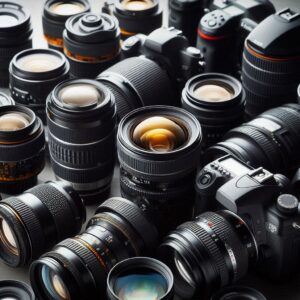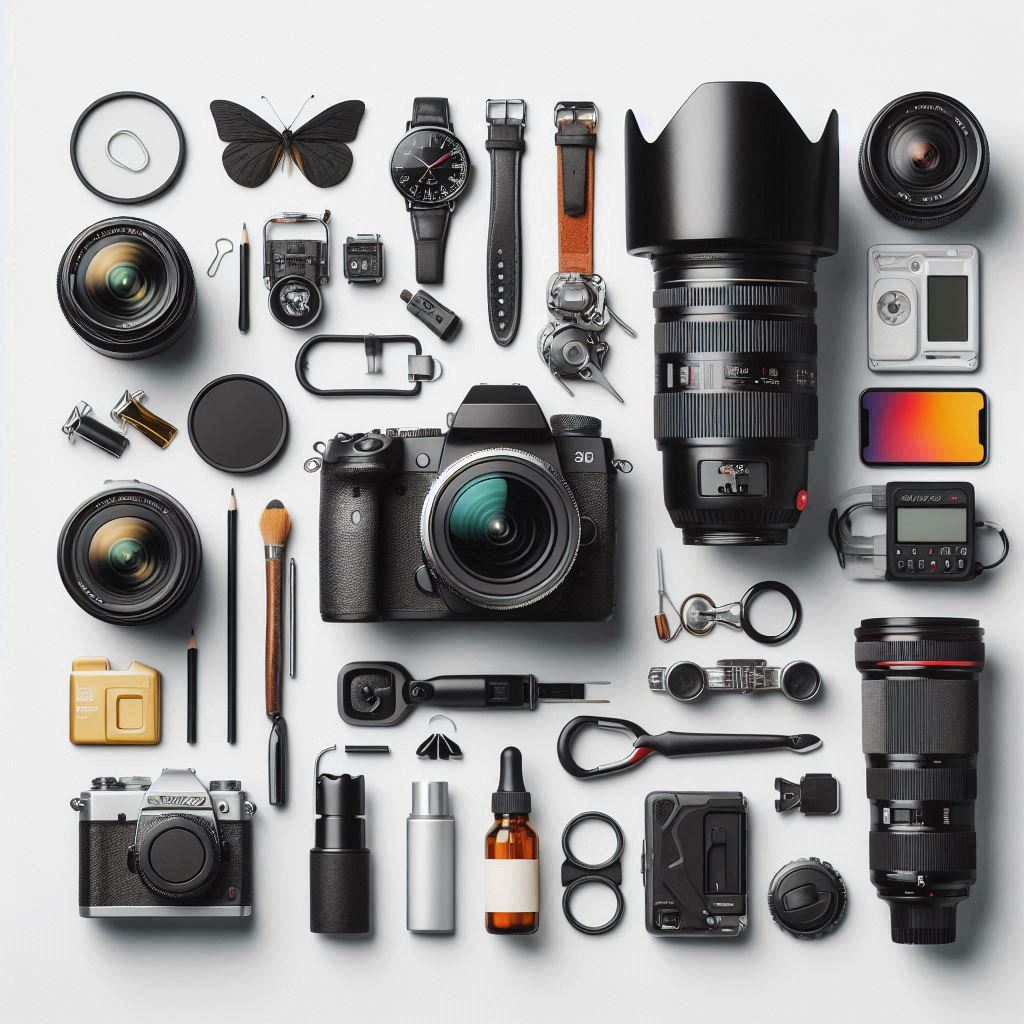Photography can seem overwhelming at first, with all the gadgets and gear. Knowing what you need from the start can make a world of difference.
When you’re new to photography, it’s about making your experience easier and more enjoyable. The right equipment helps you learn faster and produces better results and experience. Each click of the shutter will provide you with something new to learn.
Budget is another major factor. You don’t need to break the bank to get quality equipment. Investing smartly means picking gear that offers great value, so you can grow your skills without emptying your wallet.
Portability, ease of use, and flexibility are key. Compact cameras, for instance, are lightweight and perfect for everyday snaps. Bridge cameras give you more control without overwhelming complexity. DSLRs offer deeper control over settings for those eager to learn about the technical side of photography and push their creative boundaries.
Some Good Entry-Level Cameras: Compact, Bridge, and DSLRs
Picking the right camera can be a game-changer, especially for beginners. Let’s break down the best options out there.
A good entry-level camera should be user-friendly for you, versatile, and provide great image quality. It’s all about striking a balance between features and simplicity.
Compact cameras are the go-to for portability. They are easy to use and perfect for those spontaneous shots. Models like the Canon PowerShot SX620 HS offer excellent image quality without the bulk.

Bridge cameras strike a sweet spot between compact cameras and DSLRs. They provide more manual control with a very good versatile zoom range, making them ideal for various photography styles. The Panasonic Lumix FZ80 is a solid choice, combining affordability with impressive performance.

DSLRs are fantastic for those looking to dive deeper into photography. These cameras offer top-notch image quality and extensive manual controls. The Nikon D5600 stands out as a great entry-level DSLR with its user-friendly interface and excellent features.

(Now, is mirrorless worth considering? They are gaining traction. Mirrorless cameras are compact and lightweight yet offer high performance. However, they can be pricier. However, for beginners, models like the Sony Alpha a6000 offer a good introduction to the world of mirrorless photography without overboard on cost.)

Cameras are just the beginning. To truly make the most of your photography journey, you’ll need some complementary gear.
Starting with lenses, they can drastically change what your camera can do. Prime lenses, like 50mm, are versatile and excellent for sharp images. Zoom lenses, on the other hand, offer flexibility for different types of shots, from wide-angle landscapes to close-up portraits.

Tripods are essential for stability, especially in low light conditions or for long exposures. They’re useful even for simple tasks like taking group photos or shooting videos. The Joby GorillaPod, for instance, is a highly recommended option for beginners due to its portability and flexibility.
Accessories also play a crucial role. Extra memory cards ensure you never miss a shot, while a sturdy camera bag protects your gear on the go. Cleaning kits are a must to keep your lenses and sensors dust-free, ensuring your images remain crisp and clear. Oh, at least one spare charged-up battery is a must.
Building a starter kit with quality yet affordable items ensures you’re prepared for various shooting scenarios without breaking the bank. I do insist that you purchase protective filters for your lenses and a basic external flash for enhanced lighting. This balanced mix lets you explore different styles and techniques, helping you find what works best for you.
Tips for Making the Most of Your Gear
Owning the right gear is just the start. Getting to know your equipment makes all the difference. Spend time practicing, fiddling with settings, and experimenting with modes to understand what each feature does. Hands-on experience builds confidence and skill.
Basic photography techniques help elevate your shots. Understanding composition, like the rule of thirds, helps create balanced and visually appealing images. Playing with lighting can add depth and emotion to your photos. Learning how to focus properly ensures your subject stands out clearly.
Keeping your gear in good shape is crucial for its longevity. Clean your lenses regularly, store your camera safely, and ensure batteries are always charged. Maintenance might seem tedious, but it keeps your gear performing its best every time you pick it up.
Continuous learning helps you stay inspired and improve your craft. There are countless online courses, forums, workshops, and your local photography clubs available. Engaging with a community of photographers offers support, tips, and feedback, and might introduce you to new techniques and perspectives.
Thank you for your time
Robbie

